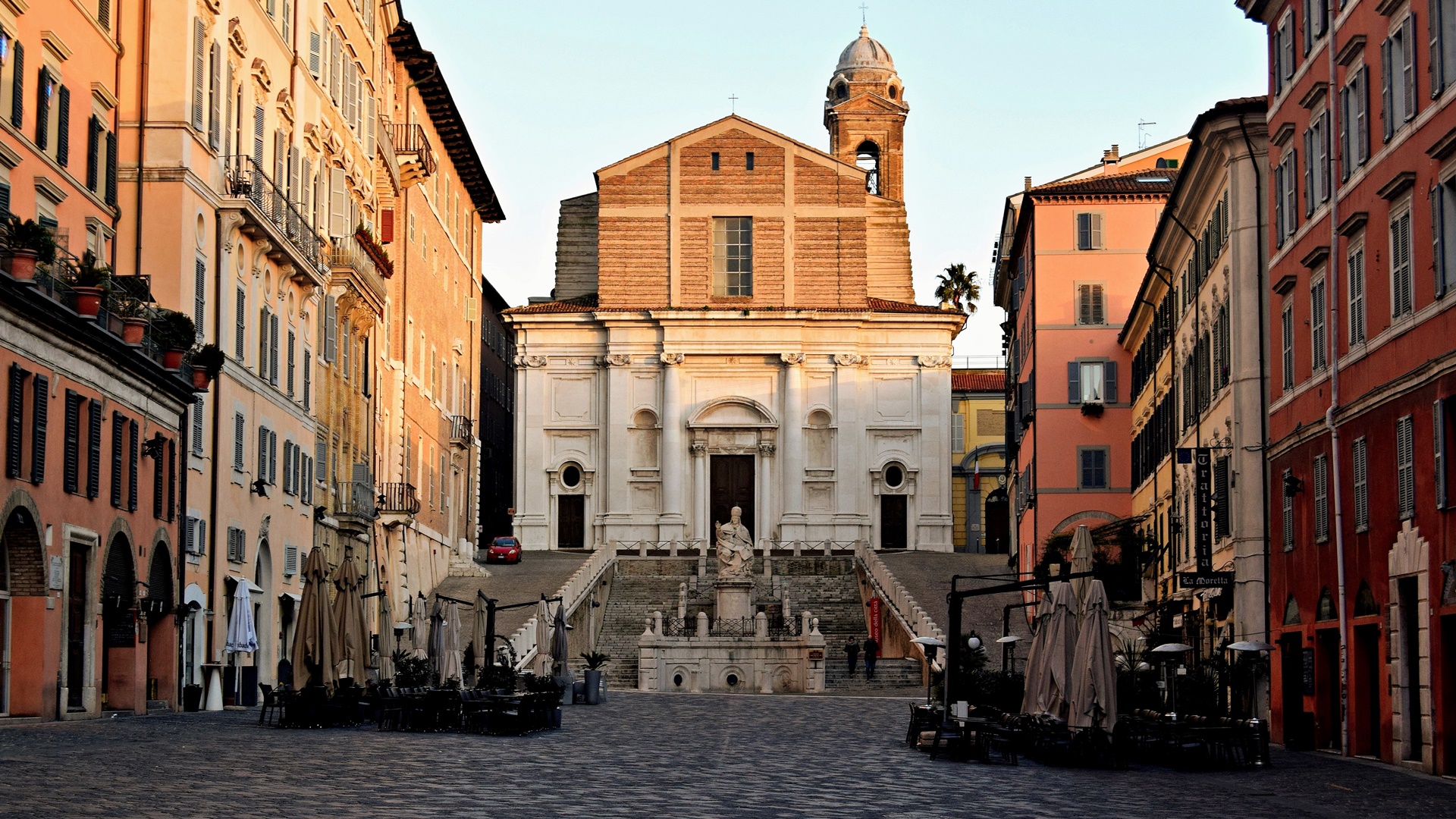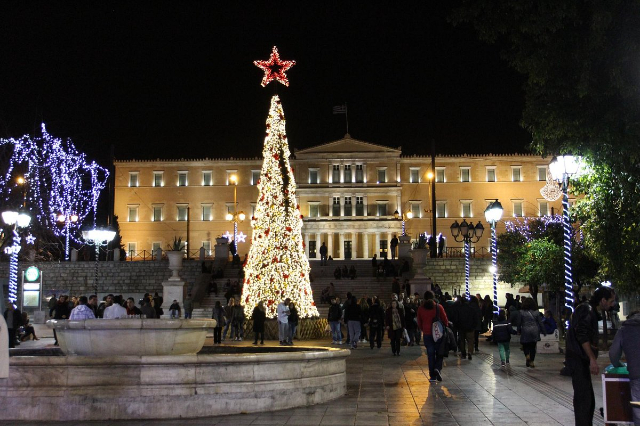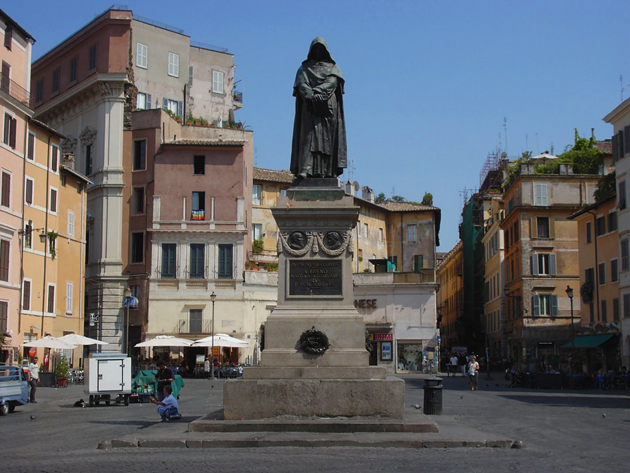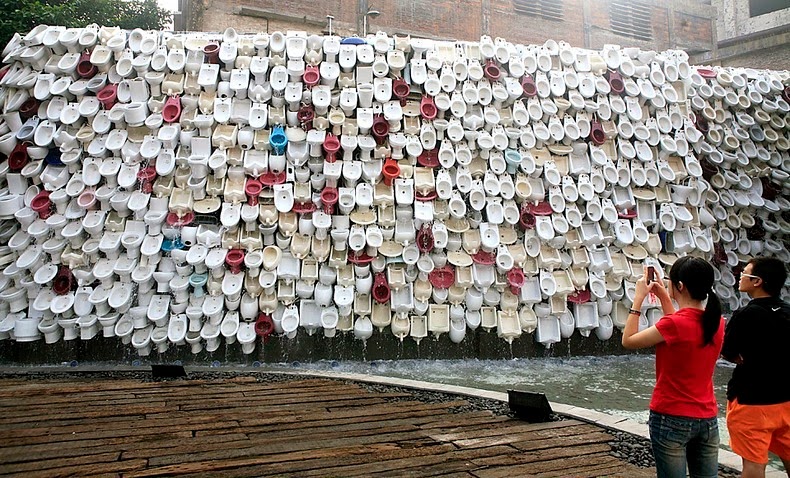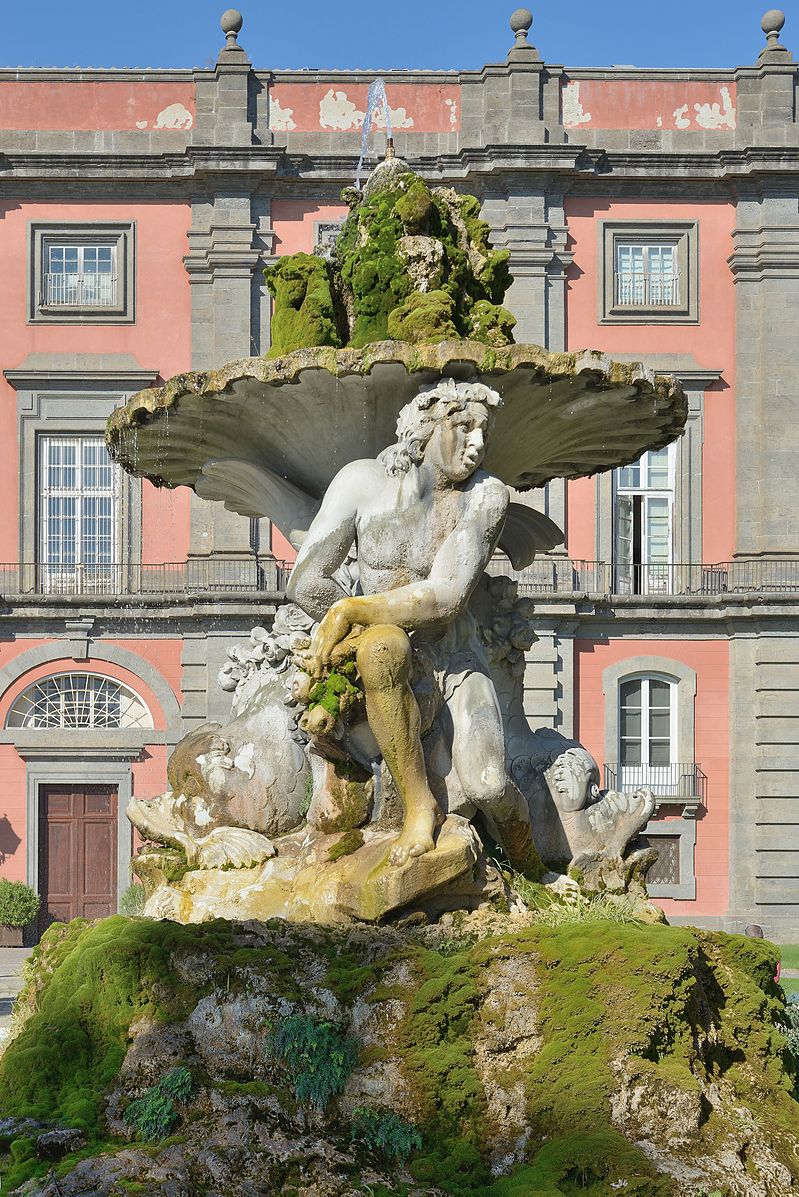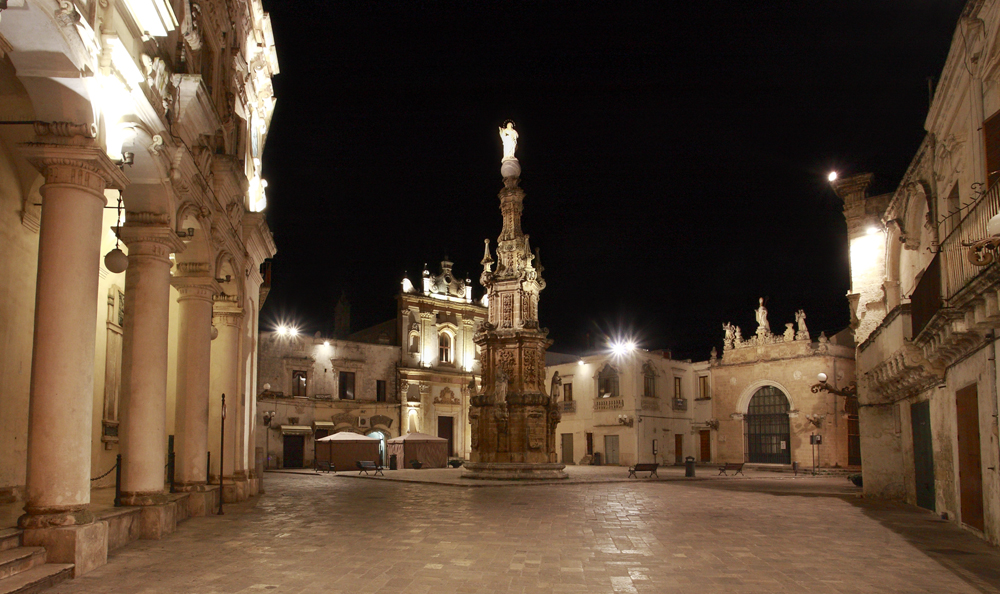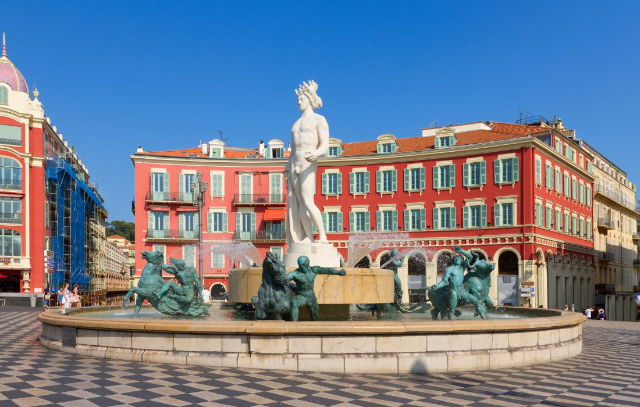Born as Piazza Nuova, its dimensions made it immediately renamed Piazza Grande until 1860, the year in which it takes the name of the present Piazza del Plebiscito, notoriously called Piazza del Papa because of the presence of the statue Clement XII.
Among the urban squares is the oldest: built at the end of the fifteenth century, until the expansion of the city following the Italian unity was the central square of the city, the "big square" where the borders of the three terzieri: Porto, Capodimonte and San Pietro met. It was also called Piazza Napoleone after the conquest of the French at the end of the 18th century. Later Piazza del Papa, due to the statue of Pope Clement XII blessing present in the square, the work of sculptor Agostino Cornacchini. When the Papal State was restored, the square took the name of Piazza San Domenico, like the church that overlooks it.
In 1860 it took its present name in honour of the plebiscite, held on 4 and 5 November 1860, by which the Marches joined the Kingdom of Italy.
Its unique shape is rectangular and very elongated and includes various levels. The characteristic element of the square is the staircase, surmounted by the Church of San Domenico, which surrounds the statue of Clement XII, benefactor of the city for the concession of the free port.At the center there is the circular Fountain of Piazza (Fountain Hemicycle), built in 1817 by the architect Pietro Zara.On the right side of the square there is the Fountain of the Beheaded, also called Fontanone, dating back to the fifteenth century and built by the City to provide drinking water to the many residences overlooking the new square still under construction. The Renaissance frieze is decorated with ten heads, two of cherubuni and eight presumable portraits that popular tradition identifies with those of the nobles of Ancona who were beheaded in this same square by Cardinal Accolti after the faudulent taking of the city in 1532.
